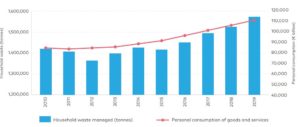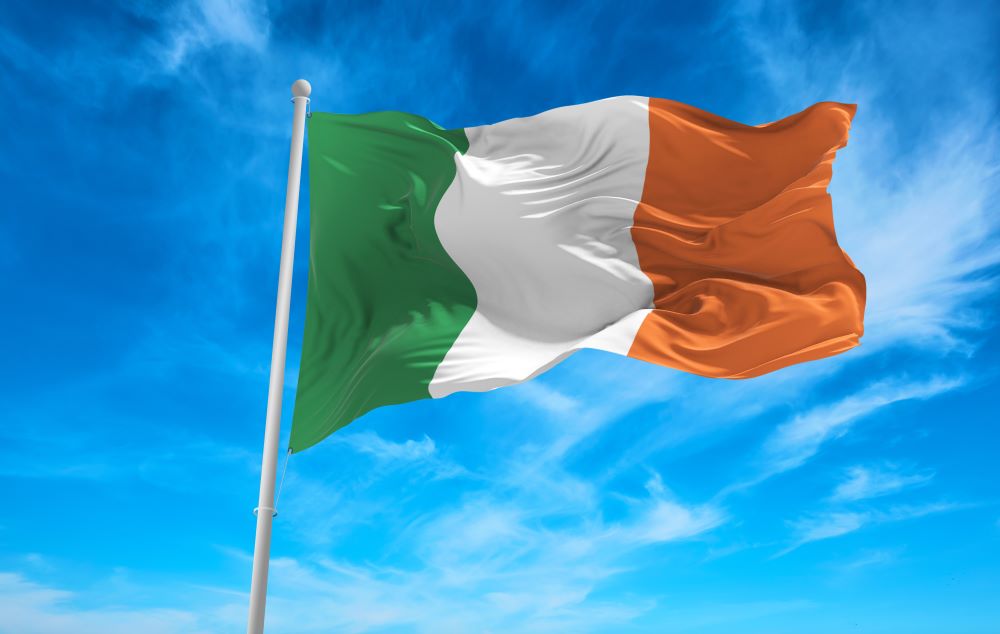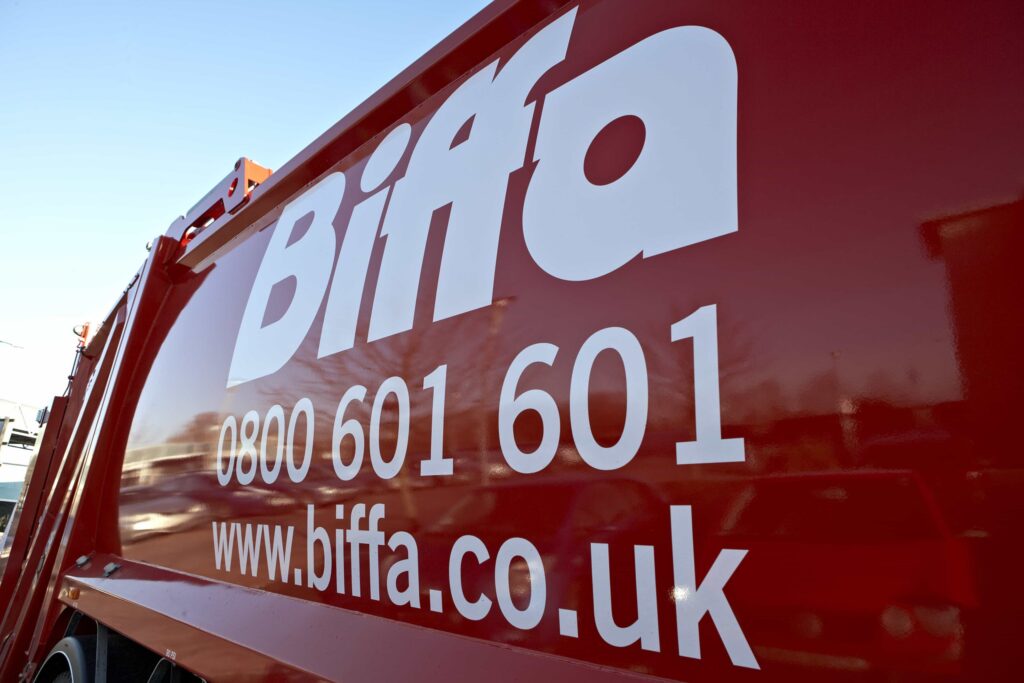In the National Waste Statistics Summary Report for 2019, released yesterday (2 December), the EPA revealed “worrying trends”, noting that waste generation in Ireland has continued to rise as recycling rates fall.
The report reveals that the recycling rate for municipal waste in Ireland has fallen from 41% in 2016 to 37% in 2019. The recycling rate for packaging waste has also declined over time from 70% in 2013 to 62% in 2019.
The EPA describe the trends as showing “a widening gap” to meet the EU’s recycling targets from 2025 onwards.
The report also notes that the volume of waste has increased in 2019.
A total of 1.57 million tonnes of household waste was managed in Ireland in 2019, an increase of 3% on 2018.
‘Gradual decline’
According to the EPA, recycling rates for municipal and packaging waste have been in “gradual decline” for a number of years.
It puts this down to efforts to improve recycling becoming “outstripped” by the growth in waste being generated and the amount being sent for energy recovery.
Sharon Finegan, director of the EPA’s Office of Environmental Sustainability, said: “A circular economy is one that is based on less waste and more reuse of materials; these trends show Ireland is going in the wrong direction. Our rising levels of waste are unsustainable and need to stop. Systemic change is needed across all economic sectors to shift the focus to designing out waste and promoting reuse and recycling.”
Waste generation
The largest increases were seen in household waste brought to household waste and recycling centres, and bulky skip waste collections.
The EPA reported that the overall amount of municipal waste increased by 6% from 2018, from figure to 3.1 million tonnes.
The report added that overall packaging waste increased by 11% to 1.1 million tonnes and hazardous waste increased by 10% to 0.6 million tonnes.

Dramatic changes
The EPA explained that the past decade in Ireland has seen “dramatic changes in waste management”.
Only 15% of municipal waste was landfilled in 2019 compared with 61% a decade earlier. There has also been a “significant increase” in the share of municipal waste sent for incineration with energy recovery over the same period, from 4% in 2009 to 46% in 2019.
Infrastructure
Ireland, according to the EPA, also continues to have some “significant waste infrastructure deficits”, and continues to rely on export for a number of “key” waste streams, including municipal, packaging and hazardous waste.
The EPA said: “These trends point to the need for expansion of Ireland’s waste treatment and recycling capacity in order to extract the maximum value from waste materials in Ireland and reduce the emissions associated with transporting waste over long distances.”
‘Concern’
Commenting on the trends, Dr Tara Higgins, EPA Senior Scientist said that the declining recycling rates are a “significant cause for concern”.
She continued: “Recent moves to allow soft plastics such as films and wraps into our recycling bins, continued expansion of brown bin services to households, new requirements for all packaging to be reusable or recyclable by 2030 and a levy on waste recovery are among the suite of measures needed to increase recycling and close the gap to new EU recycling targets”.











Subscribe for free